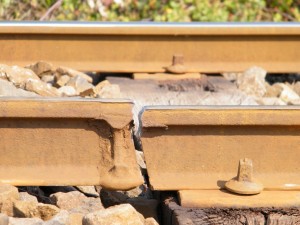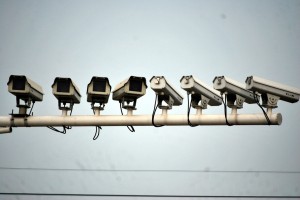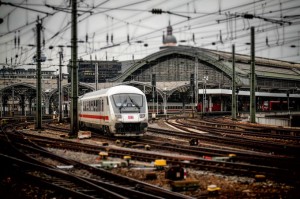
“Broken rail” by B.A. is licensed under CC BY-SA 3.0
About one-third of rail accidents are caused by track defects, such as broken or misaligned rails that could cause a train to derail [1].
Originally rail inspections were done visually. Not only was this time consuming and expensive, since often equipment had to be taken out of service, but in many cases it proved to be reactive measures rather than proactive. Increased rail traffic and higher speeds have led to shorten maintenance windows. This is where predictive automated inspection tools are becoming crucial for the success of the railroad industry. These types of inspections could help reach higher safety standards, increase productivity, and reduce operating costs. Continue Reading




